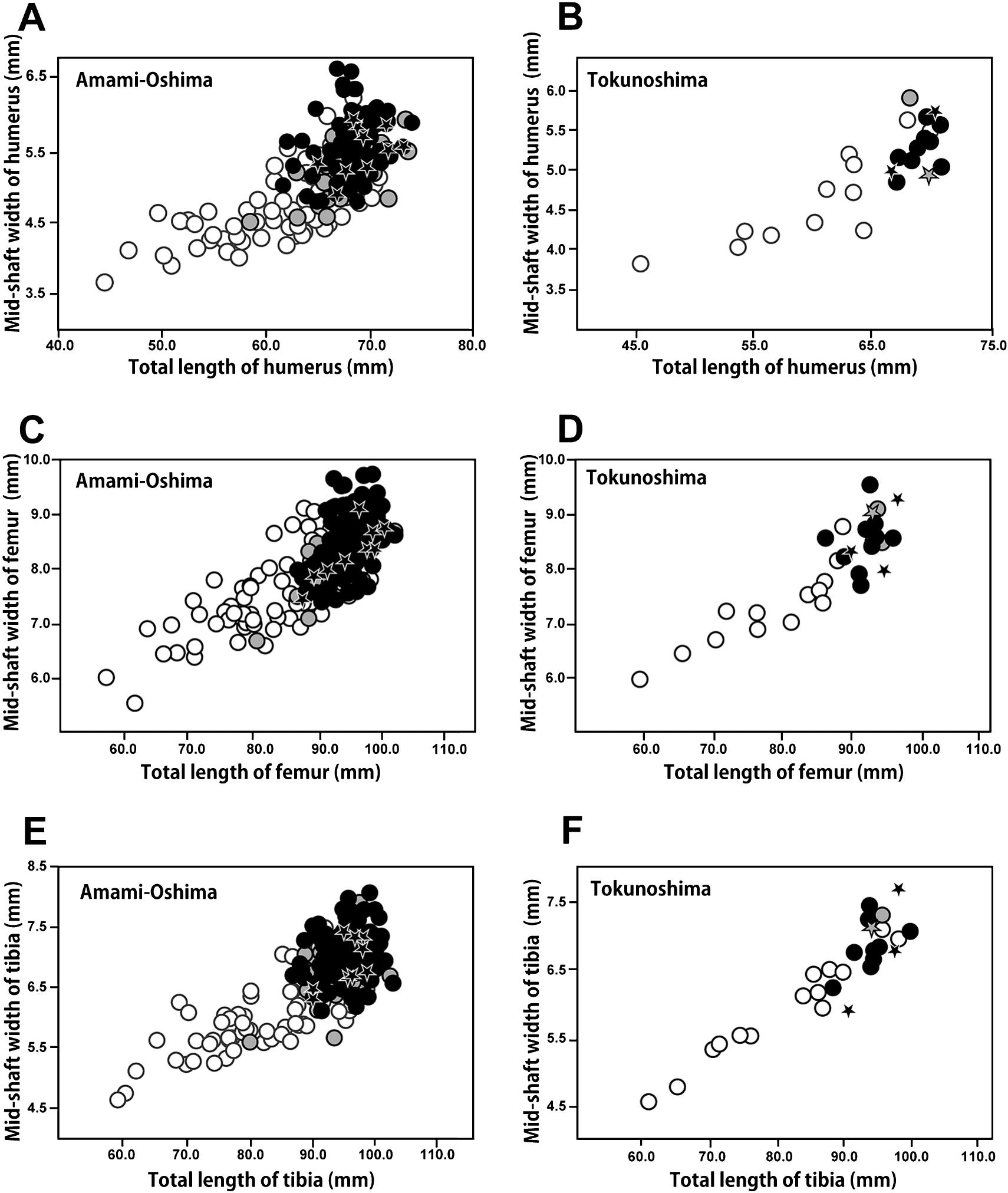2025-04-03 岡山理科大学,東京大学
<関連情報>
- https://www.k.u-tokyo.ac.jp/information/category/press/11526.html
- https://bioone.org/journals/mammal-study/volume-50/issue-2/ms2024-0064/Bone-Histology-Reveals-the-Slow-Life-History-and-Skeletal-Adaptations/10.3106/ms2024-0064.full
骨組織学から明らかになったアマミノクロウサギPentalagus furnessi(哺乳綱)の緩慢な生活史と骨格の適応 Bone Histology Reveals the Slow Life History and Skeletal Adaptations of the Amami Rabbit Pentalagus furnessi (Lagomorpha: Mammalia)
Shoji Hayashi, Kei Kondo, Ibuki Sawanaka, Kaito Araki, Kiyoka Mikami, Masako Izawa, Mugino O. Kubo
Mammal Study Published:2 April 2025
DOI:https://doi.org/10.3106/ms2024-0064

Abstract
The Amami rabbit (Pentalagus furnessi), endemic to Amami-Oshima and Tokunoshima Islands, exhibits distinct life history traits compared to mainland lagomorphs, yet its growth patterns remain largely unexplored. This study conducted bone histological analysis of Amami rabbit limb bones to uncover its growth and ecological adaptations. Results indicate rapid growth until about two years old, followed by gradual growth until approximately five years old, when growth ceases with epiphyseal closure. This delayed maturation contrasts sharply with mainland species like the Japanese hare (Lepus brachyurus), which matures within a year. This slower growth and delayed maturation in the Amami rabbit aligns with previous observations suggesting a shift toward a K-strategy in its reproductive traits. Additionally, the Amami rabbit’s dense limb bones with thick cortices and a small medullary cavity, provide bone robustness suited for its steep, rugged habitat—contrary to other lagomorphs which adapted to leaping locomotion. These findings suggest that the Amami rabbit’s growth and skeletal structure respond to unique island ecological conditions, with limited predation and resources, highlighting adaptive strategies in insular mammals and emphasizing the Amami rabbit’s unique ecological adaptations.


